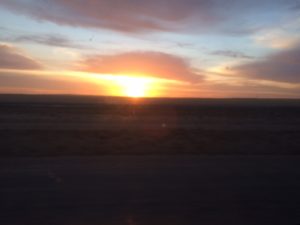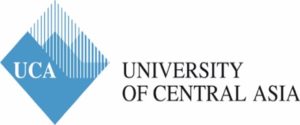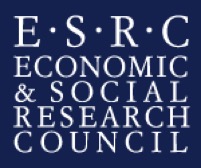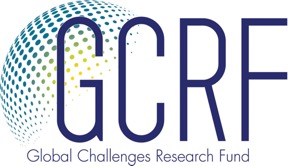Departure Notes
The first contribution to any collection—a traveler’s log, a stone house, a roadside cairn—inevitably marks the beginning of something. So too with the Gobi Framework, but beginning might be a misleading word for the work that lies ahead.

Gobi Sunset by Troy Sternberg, Oct. 2018
We are beginning this research project in the same way that a ship leaving harbor begins an ocean voyage; that is, the only thing beginning is us. Everything else, like the ocean, is neither beginning nor ending, but ongoing and going-on. This brings us face-to-face with a peculiar challenge: to bear witness to and make sense of events that commence in media res, amid histories extending beyond the scope of our clearly-defined research questions.
The legacy of the laboratory—with its clean, self-contained, replicable experiments—looms large here. Scientists hypothesize, test, observe, repeat. Experiments can begin and end in a fraction of a second. But the mountains and steppes of Central Asia rarely allow a clean distinction between signal and noise, much less the separation of a beginning from an end.
The American author Barry Lopez tells in an essay of encountering a grizzly bear while walking through the tundra with indigenous guides. The experience leads him to consider his preoccupation with the present as something neatly separated from the before and after:
Their [the guides’] framework for the phenomenon, one that I might later shorten just to ‘meeting the bear’, was more voluminous than mine; and where my temporal boundaries for the event would normally consist of little more than the moments of the encounter itself, theirs included the time before we arrived, as well as the time after we left. . . .
The event I was cataloging in my mind as ‘encounter with a tundra grizzly’ they were experiencing as a sudden immersion in the current of a river. They were swimming in it, feeling its pull, noting the temperature of the water, the back eddies and where the side streams entered. . . . My friends had situated themselves within a dynamic event.[1]
The Gobi Framework is situated in its own kind of river: a planetary confluence of economic forces, technological and cultural globalization, and geopolitics. Its tributaries are not confined to the immediate present—these are dynamic events into which we have stumbled. In Mongolia, for instance, actions taken in the present often bear the legacy of the Communist period, twenty-five years past.[2] Certain cultural, social, and infrastructural institutions can only be understood in reference to a bygone political era. Likewise, an imagined future can be equally influential in shaping decisions taken in the present, as Madeleine Reeves has shown through her research in Kyrgyzstan.[3]
The commencement of our work requires attending to so much more than what is plainly visible before us. Our beginning makes us unusual in this landscape, being able to easily point and say, here is where we started. We try our best to look upstream and downstream, noticing the temporal currents and contours of our surroundings, hoping to uncover insights that others might have missed. Indeed, what brings this research team together is a shared fascination with questioning deceptively simple explanations, to document the alternative narratives that emerge from noticing generously. In this sense, we do not pay attention so much as offer it.
This is how we begin, at once too early and too late, yet aware of the histories flowing past us in every direction.
* * * * * * * * * * * * * * * * * * * * * * * * * * * * * * * * * * * *
[1] Barry Lopez, “The Invitation,” Granta Magazine, November 18, 2015, https://granta.com/invitation/.
[2] Morten Axel Pedersen, Not Quite Shamans: Spirit Worlds and Political Lives in Northern Mongolia, Culture and Society after Socialism (Ithaca, NY: Cornell University Press, 2011).
[3] Madeleine Reeves, “Infrastructural Hope: Anticipating ‘Independent Roads’ and Territorial Integrity in Southern Kyrgyzstan,” Ethnos 82, no. 4 (August 8, 2017): 711–37, https://doi.org/10.1080/00141844.2015.1119176.




